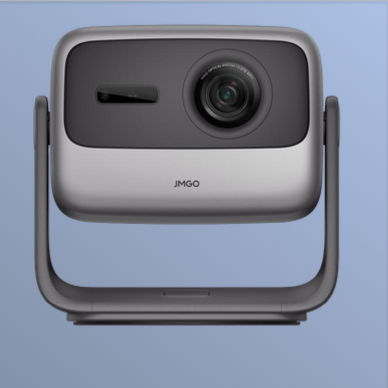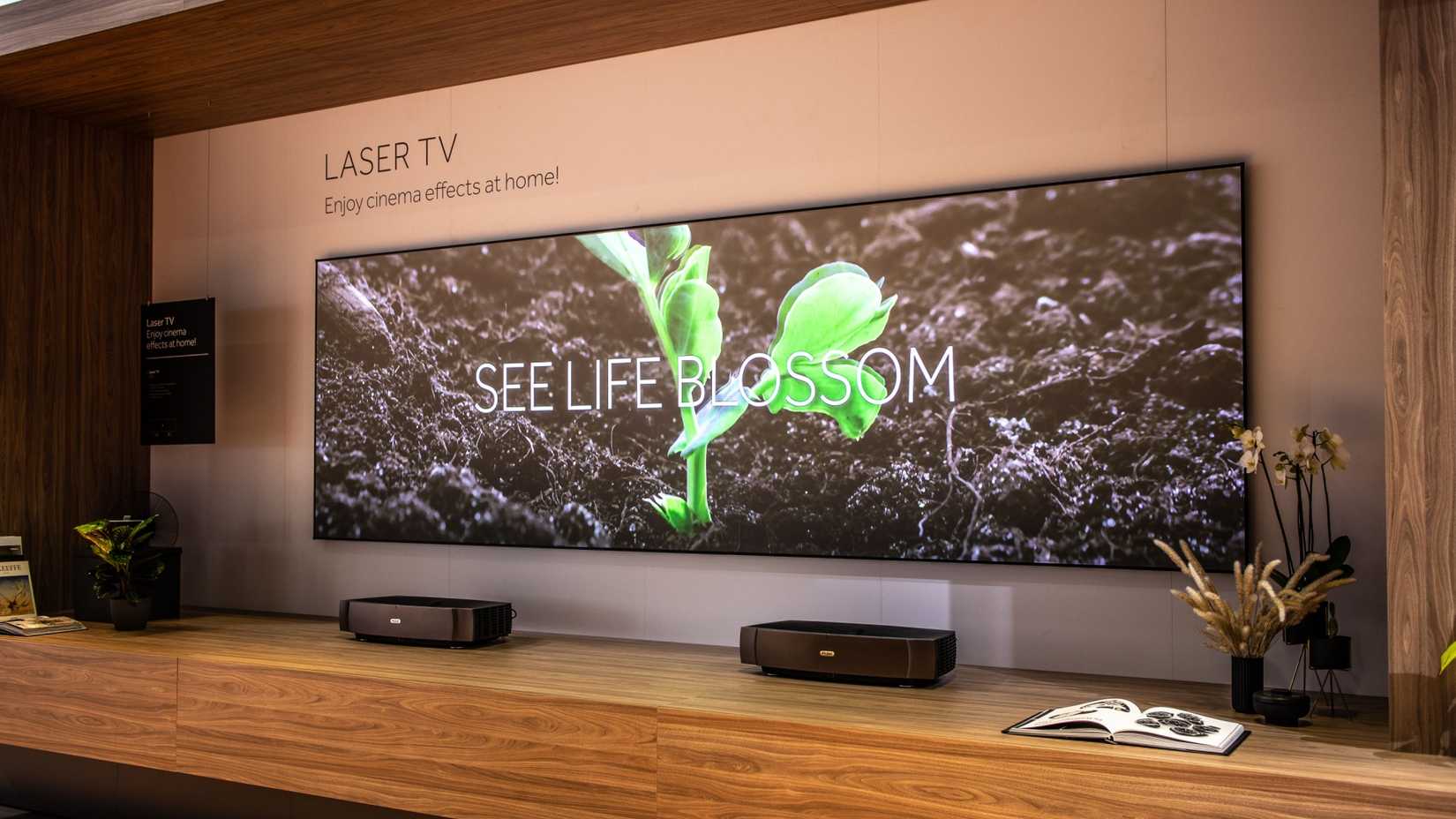Modern projectors have a lot going for them, and projection technology is advancing at a pretty impressive rate. There might even come a day when getting an ultra short-throw laser projector instead of a traditional flat-panel TV is always the right answer.
However, most people think of projectors within the same limiting confines as regular TVs. If you free your mind a little, you may realize that there are some things you can do with projection technology that’s simply impossible with old-school TVs. For me, the most impressive trick here is edge-blending.
The Hidden Trick Behind Giant Seamless Images
There’s a good chance that if you’ve ever seen a large projected image in public, you’ve seen edge-blending in action. Think of those cool projection art pieces they do on buildings, or at expos where one enormous image is projected that doesn’t seem possible with small commercial projectors. The same goes for museum exhibits, art installations, and even some types of flight simulators.
These projects are possible because of edge blending, which is basically just using multiple projectors working together to project one single image. Think of it like building a video wall using multiple monitors, except since there are no bezels on a projected image, you can make it all truly seamless.
Edge blending has been common in professional settings for many years, but no one talks about home use for this technology, which is a pity. With modern projectors and software, it’s easier to set up than you might think. Though it still relatively complex compared to just using a single projector or installing a TV!
How Edge Blending Actually Works
In principle, edge blending is simple to understand. The image edges of the different projects overlap slightly, so that you really can’t see a seam. It’s just as if a single powerful projector was creating one single image.
However, as soon as you think about the details, you’ll realize how tricky this actually is. First, each projector needs to be calibrated to produce an identical image when it comes to color and contrast, or it will be obvious that you’re looking at a jigsaw image. Second, the physical alignment of the images have to be perfect. You need to compensate for the geometry of the setup as well, or the different portions won’t line up the edges correctly. Finally, those overlapping edges need special treatment so you don’t get image doubling and too much brightness.
In the past, this required professional AV specialists to set up, but with modern projectors most of this is either automated, or easy to adjust using the right software and projectors.
Why It’s So Powerful
So why should you be interested in edge blending? Let’s take another look at that image above.
These are two “laser TVs” next to each other coming together to create one seamless ultrawide image. Now, if you watch cinematic movies, then you know that the anamorphic aspect ratio is quite popular. However, when you show that on a 16:9 display, you get big black bars above and below the picture. Well, using two edge-blended projectors is one way you can build a large native (or close to it) anamorphic image.
That’s just one example. Let’s say you had a room you wanted to use for a home cinema, but the room isn’t big enough for a projector to throw an image of that size. Well, you could edge-blend four smaller short-throw projector to create the same size image. It might even be brighter and crisper as a result, since if it were four 1080p projectors, you’d be making a 4K-ish image, and with four 4K projectors that’s 8K-ish. I say “ish” because of the image overlap.
You can also make projections that are just way bigger than a single projector can manage, so in the pursuit of sheer size, edge-blending is one of the best solutions.
Why You Don’t Hear About It in Home Theater Circles
So why isn’t everyone doing this at home? In short: complexity and cost. Edge blending demands near-identical projectors, precise calibration, and sometimes pricey software licenses. It’s not something you just “set up and go.”
But with entry-level laser projectors falling in price and the setups becoming easier, I really think there’s a future where I buy two relatively inexpensive projectors and just combine them into an awesome cinematic setup.
The Future of Projection Might Be Blended
What I’d like to see is something like the projector equivalent of a mesh router network. Where you can just place two or more projectors and, using camera sensors and AI, the software just works out how to make one picture from what’s available.
PC gaming is a great application for this, since most PC games can use arbitrary resolutions and aspect ratios, and, of course, it would be cool to dynamically change your native aspect ratio for movie and TV content to make the most out of your hardware. I don’t know if the idea will ever take off, but I sure hope so!

- ANSI Lumens
-
2,400
- Throw Ratio
-
1.2:1
- HDR
-
HDR 10
- Lamp Life
-
30,000 hours


